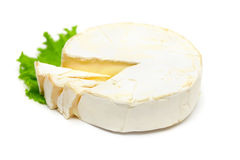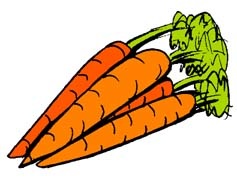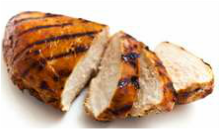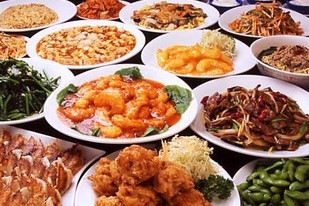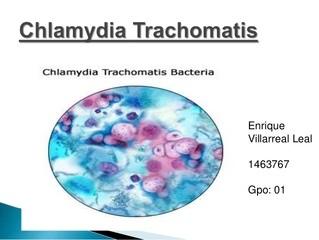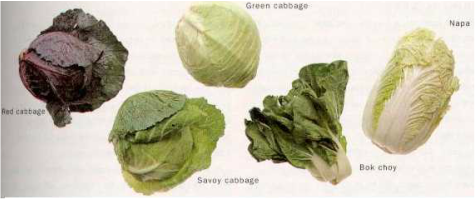
Latin name for cabbage - Brassica oleracea - includes several types of cabbage, and also broccoli, cauliflower, cauliflower, kale, Brussels sprouts, collard greens, savoy, kohlrabi and kai-lan. Wild cabbage: Brassica oleracea var. oleracea; regular cabbage: Brassica oleracea var. capitata f, alba; savoy cabbage: Brassica oleracea var. capitata f, sabauda; savoy cabbage: Brassica oleracea var. capitata f, sabauda; red cabbage: Brassica oleracea var. capitata f, rubra; cone cabbage: Brassica oleracea var. capitata f, acuta

